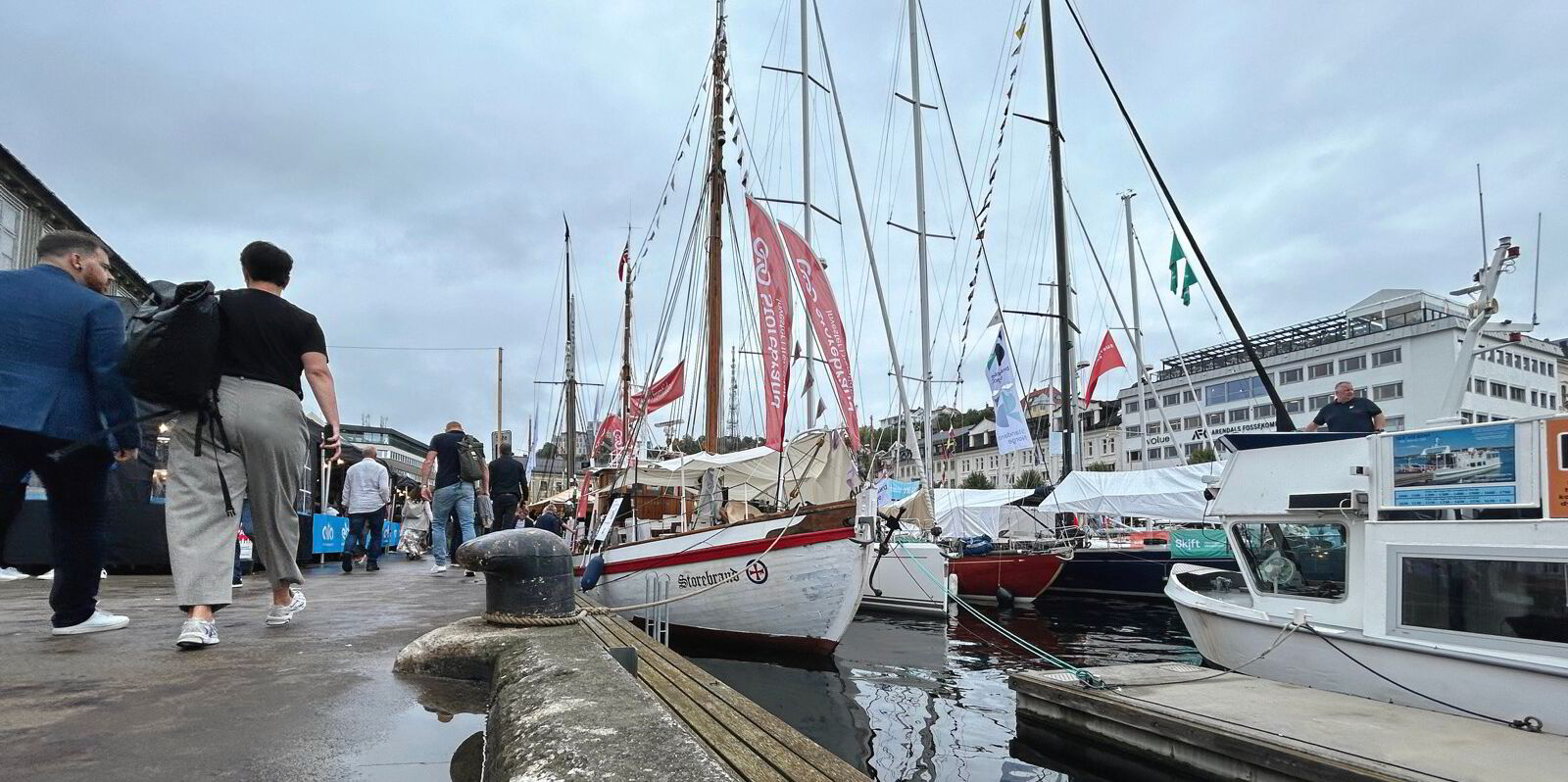Shipowners are failing to make the most out of being in the Emissions Trading System (ETS), according to the hosting site of the European Union’s auctions.
The European Energy Exchange (EEX) hosts the auctioning of allowances issued by member states that shipowners and other emitters need to buy to settle their annual emission accounts.
Experts at the exchange spoke to TradeWinds about the take-up of allowances by shipping companies and expressed concern that smaller European shipowners and Asian owners have yet to fully engage with the requirements.
The risk for these companies is they could easily find themselves facing heavy costs should carbon prices rise.
Shipping joined the ETS on 1 January 2024 and owners have been able to trade on the ETS auction site for nearly eight months.
They have until September 2025 to settle their emission accounts, according to EEX head of global commodities development Richard Heath, who advises them not to wait until then.
“Allowance prices will change, and while we cannot say it is going to go up or down, we think it is a foolish approach to not be prepared,” he said.
Heath said many large European shipowners that are familiar with freight forwarding agreements and derivatives are already using the platform.
He fears many small owners are creating an administrative hurdle for themselves when the time comes to settle their annual accounts.
Shipowners have different strategies. Some will require cargo owners to purchase allowances and submit them into their accounts; others will buy directly or will use an intermediary such as EEX.
Some owners have now included ETS clauses in charters, with settlement in cash or allowances within two weeks of a charter or voyage.
Heath pointed out that it was only until July that companies were able to open the specific maritime accounts from which the allowances must be submitted.
This has led to a backlog, but it does not stop companies from opening ordinary accounts and trading as carbon prices fluctuate.
Some owners are already using futures and options to hedge their emissions exposure, getting fully up to speed with how the ETS works.
Heath noted that Asian owners are still in the dark with what to do.
This is particularly true for those who send vessels to European waters occasionally and may not know even which country they should open a registry account in.
Shipowners need to buy allowances on the EEX primary market, and can do so in multiples of 500. One allowance is equivalent to one tonne of CO2.
A secondary market exists in which businesses can sell allowances, in multiples of 1,000. The secondary market is also where trading on derivatives happens.
Although large emitters in Europe have been issued with free allowances, this is not being applied to shipping, but the sector has a phased-in approach in which owners will need to cover 40% of each applicable ship’s verified CO2 emissions for 2024 and 70% for 2025.
From 2026, owners will also need to secure allowances for all of a vessel’s applicable CO2 emissions, as well as methane and nitrous oxide emissions.
Heath warned that if shipowners do not surrender or deposit the right number of allowances in line with their reported and verified emissions by September 2025, they will incur penalties of €100 per allowance missing, plus the cost of the allowance at the date of surrender.





